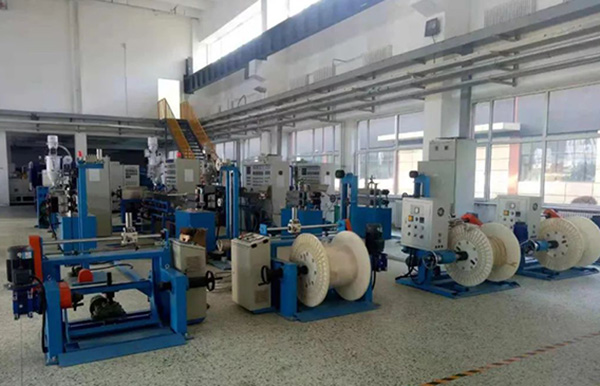Introduction: The production of optical cables plays a crucial role in ensuring the reliability and efficiency of modern communication systems. To ensure the highest quality, it is essential to pay attention to several critical factors during the production process. This article highlights the key considerations in optical cable production and provides insights into ensuring the production of high-performance cables.
Fiber Quality: The quality of the optical fiber used in the cable is of utmost importance. Only high-quality fibers with low attenuation, low dispersion, and a high signal-to-noise ratio should be selected. Testing and quality assurance measures should be implemented to verify the quality of the fiber before it is used in production.
Cable Design: The design of the cable should be carefully optimized to achieve the desired performance characteristics. Factors such as fiber count, cable diameter, tensile strength, and bend radius should be taken into account. The cable design should meet the industry standards and customer requirements.
Manufacturing Equipment: State-of-the-art manufacturing equipment should be employed to ensure consistent and accurate production. Specialized machinery for fiber drawing, insulation, buffering, and jacketing should be used to achieve precise control over the production process. Regular maintenance and calibration of equipment are essential to ensure reliability and accuracy.

Quality Control: A comprehensive quality control system should be in place to monitor every stage of the production process. This includes rigorous testing and inspection of raw materials, intermediate products, and finished cables. Quality control measures should comply with industry standards and customer specifications.
Environmental Considerations: Optical cable production requires a controlled environment to minimize the impact of dust particles, temperature, and humidity. The production facility should have proper air filtration systems and climate control measures to protect the integrity of the cable. Maintaining a clean and stable environment is crucial for the long-term performance and reliability of optical cables.
Traceability and Documentation: Maintaining complete traceability and accurate documentation of the production process is essential for quality control and customer satisfaction. Every step, from raw materials to finished products, should be properly recorded to ensure product consistency and facilitate troubleshooting if issues arise.
Conclusion: Optical cable production requires paying close attention to various critical factors to achieve high-quality cables. By focusing on fiber quality, cable design, manufacturing equipment, quality control, environmental considerations, and traceability, manufacturers can produce reliable and durable optical cables that meet the demands of modern communication systems. Adhering to these considerations will contribute to the overall success and reputation of the company in the optical cable industry.



